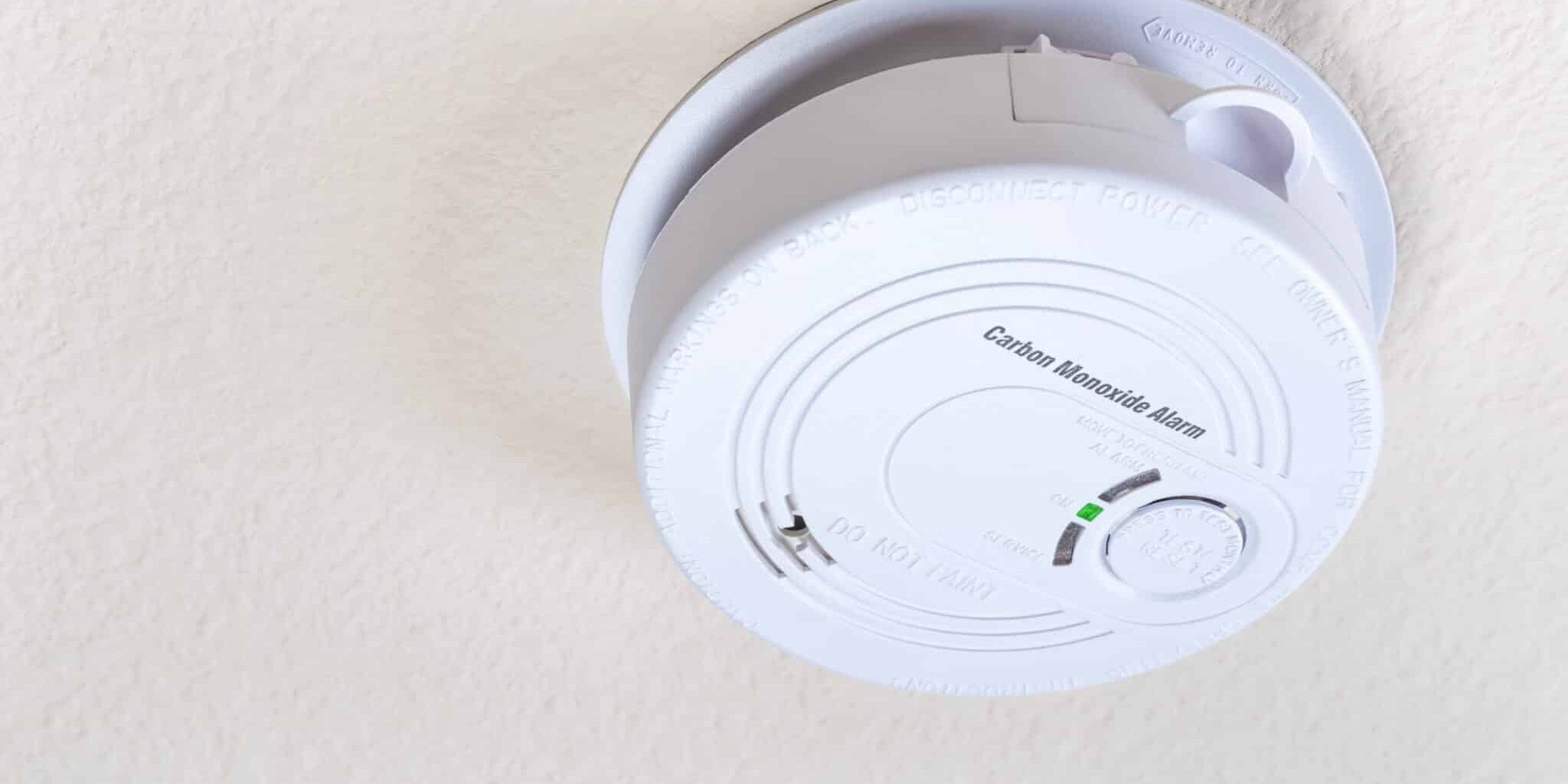Carbon Monoxide, or CO, is a colorless, odorless, tasteless toxic gas, and every year, at least 430 people die in the U.S. from accidental Carbon Monoxide poisoning. CO is found in the heat exchanger of furnaces. When the furnace is on, the CO goes through the furnace’s flue pipe and is deposited outside the home. However, CO can escape through older or damaged tubing, which is why it is crucial to keep your furnace in good repair.

Photo by Ruvim Miksanskiy from Pexels
Why CO is Harmful
A Carbon Monoxide leak into your home can cause headaches or convulsions. It can also hurt the heart and respiratory functions and can lead to death. Many people don’t realize that if their Carbon Monoxide detector is beeping, it’s probably too late. Because CO can be so hard to detect, it will always be a sneak attack.
Checking CO Levels Accurately
When your furnace is turned on during winter, the Carbon Monoxide travels through the furnace’s flue pipe and is deposited outside the home. However, CO can escape through older or damaged tubing, which is why you should never miss an inspection. You’ll want a trusted professional to perform a furnace inspection at least once a year. Most importantly, a crew should conduct the assessment with calibrated instruments in the right places on the system, and any other method is useless.
Warning Signs and Safety
CO poisoning is especially dangerous to children, the elderly, and those who have respiratory issues. The following are symptoms of CO in your home’s air:
- A dull headache
- Weakness
- Dizziness
- Nausea or vomiting
- Shortness of breath
- Confusion
- Blurred vision
- Loss of consciousness
If a 6 & Fix team member performs an inspection on your furnace and finds that the CO levels are too high, we’ll have to shut off your system temporarily; your safety is our number one priority.
Furnace Safety Tips
- Change your home’s air filters often. You can do this yourself. It’s essential to do this frequently during the colder seasons when the furnaces are being used the most.
- Install CO detectors. CO is colorless and odorless, so you’ll never know when there’s a leak. Ideally, install the detector near the floor; some homes come with a combination smoke detector and CO detector, often installed in the ceiling. While that is perfect for smoke detection, carbon monoxide is a heavier gas and will harm you before it reaches the ceiling.
- Make sure the area around the furnace vent is clear. The ducts’ opening needs to be clear of leaves, boxes, and objects that will disrupt the flow.
- Keep portable generators outside. Even if a generator is off, CO can accumulate quickly in areas such as garages or sheds.
If your furnace is due for an inspection, contact the 6 & Fix team. Stay safe this winter and avoid Carbon Monoxide poisoning with this preventative step.







